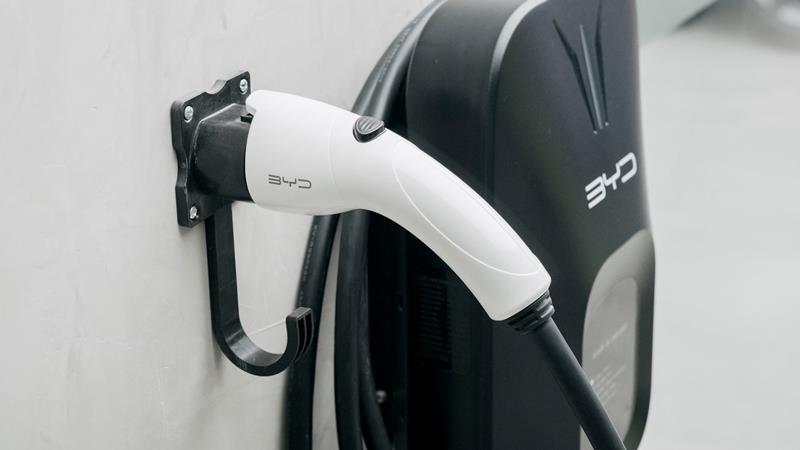Chinese electric vehicle (EV) manufacturer BYD has unveiled a groundbreaking fast-charging system capable of delivering 400 kilometers (approximately 250 miles) of range in just five minutes. This innovation positions BYD ahead of competitors like Tesla in the race to minimize EV charging times.
Unprecedented Charging Speed
BYD’s new system boasts a maximum charging power of 1,000 kilowatts (kW), significantly outpacing Tesla’s current Superchargers, which offer up to 250 kW and can add around 200 miles of range in 15 minutes. This advancement effectively reduces EV charging time to levels comparable with refueling traditional gasoline vehicles, addressing a major concern among potential EV buyers.
Integration into Upcoming Models
The first vehicles to feature this rapid-charging capability will be BYD’s Han L sedan and Tang L SUV, with pre-orders commencing on March 17. These models are expected to set new benchmarks in the EV market, offering consumers unprecedented convenience and efficiency.
Expansion of Charging Infrastructure
To support this technological leap, BYD plans to establish a network of 4,000 “flash charging” stations across China. This extensive infrastructure rollout aims to alleviate range anxiety and promote the widespread adoption of electric vehicles by ensuring that drivers have convenient access to rapid charging facilities.
Implications for the EV Industry
BYD’s announcement underscores the intensifying competition in the EV sector, particularly concerning charging technologies. While Tesla has been a pioneer with its Supercharger network, BYD’s latest innovation challenges Tesla’s dominance by offering faster charging solutions. This development is likely to accelerate advancements across the industry, benefiting consumers with more efficient and accessible EV options.
Market Response
Following the announcement, BYD’s shares experienced a 4% increase, reaching a record high of 408.80 Hong Kong dollars. This surge reflects investor confidence in BYD’s technological advancements and its potential to capture a larger share of the global EV market.



Comments (0)
No comments yet. Be the first to comment!
Leave a Comment